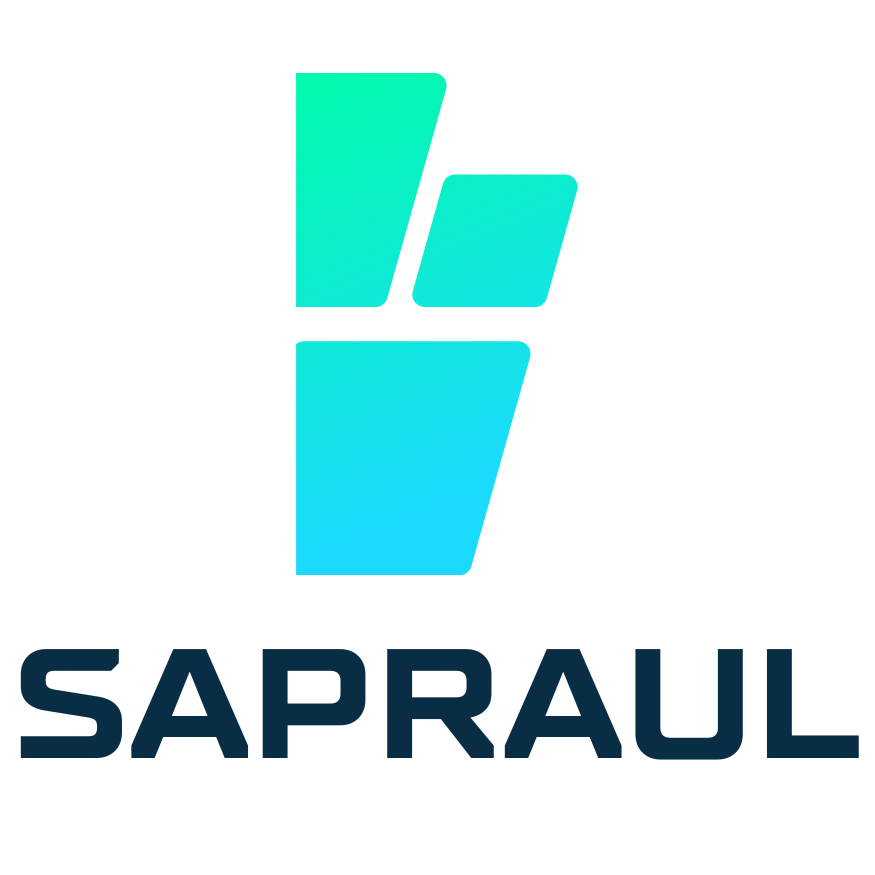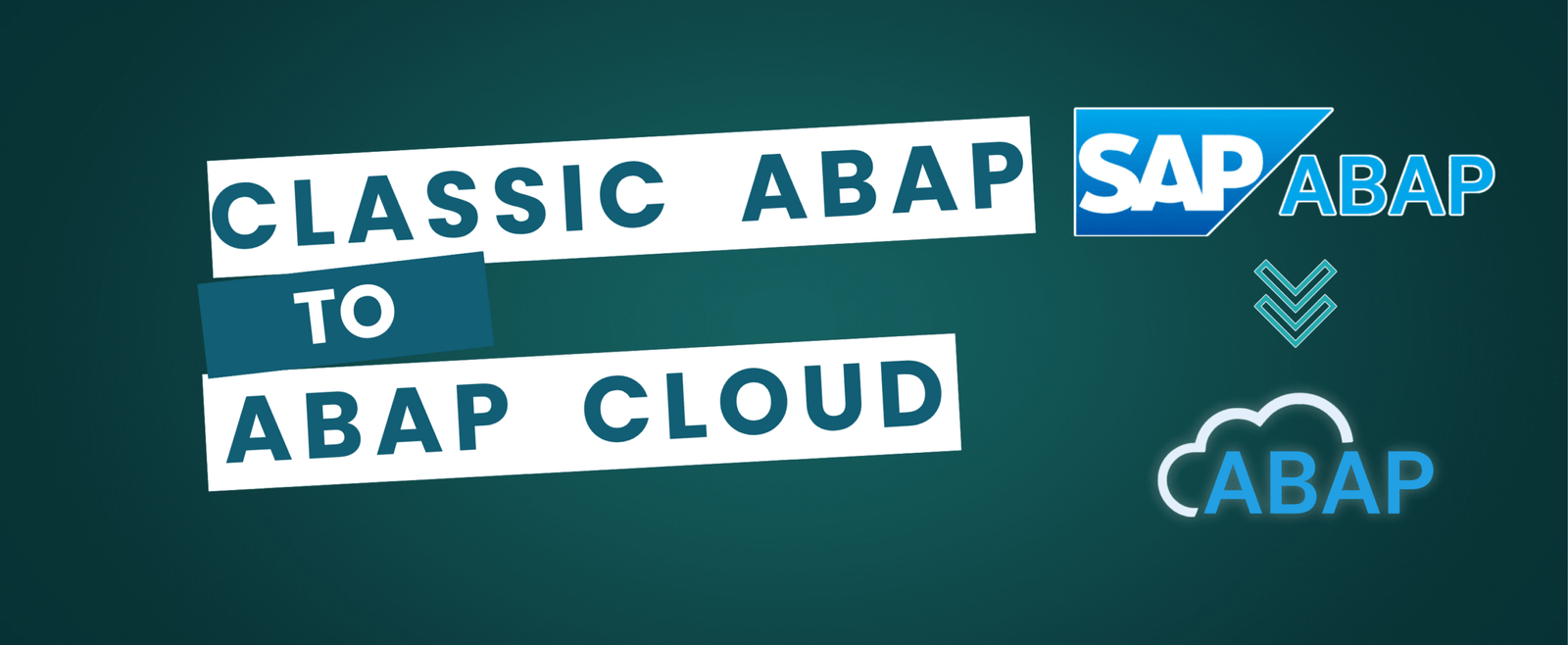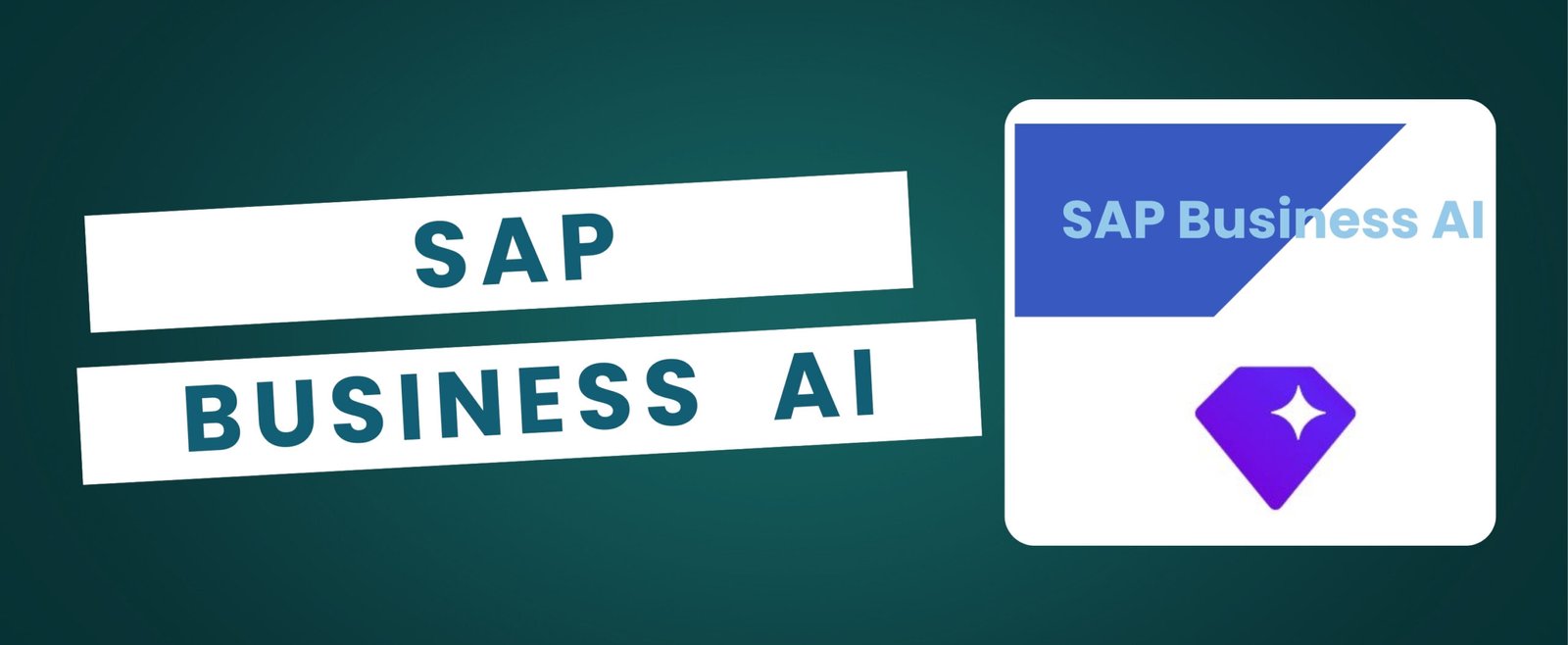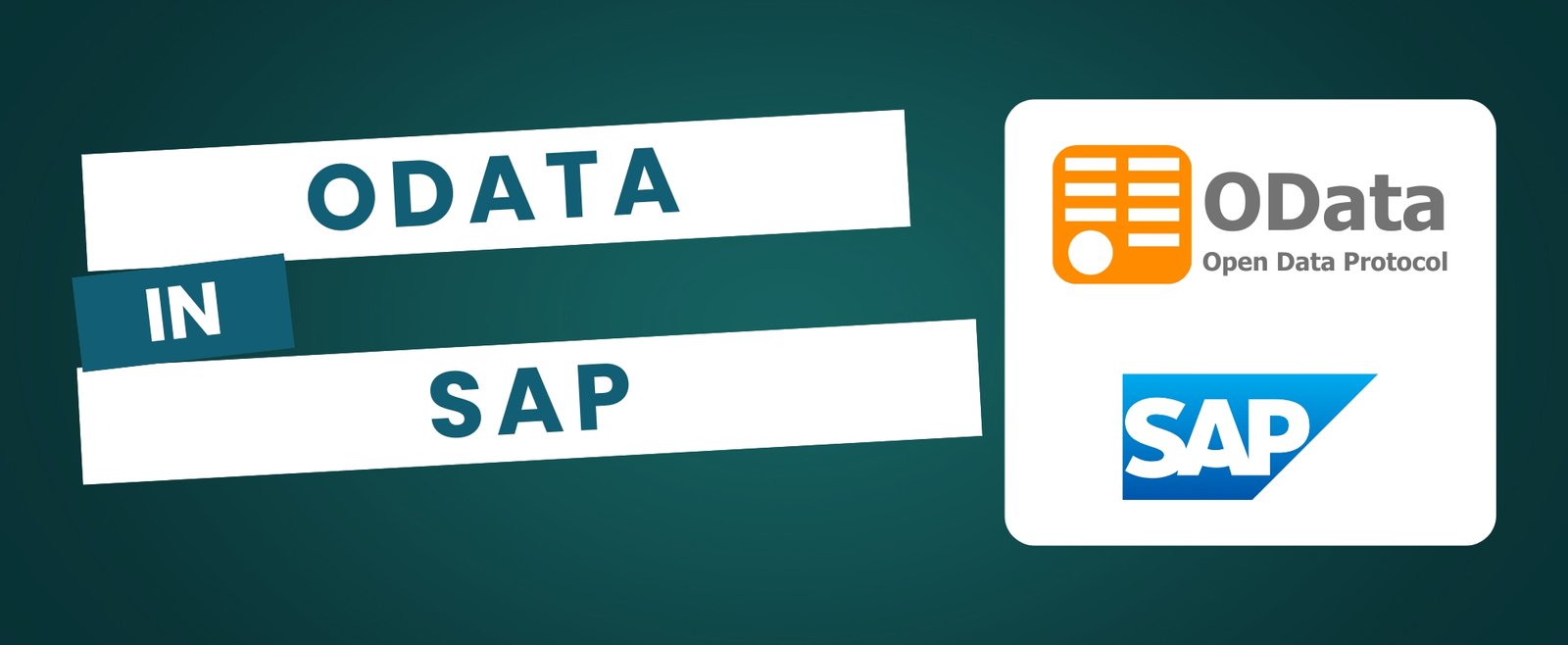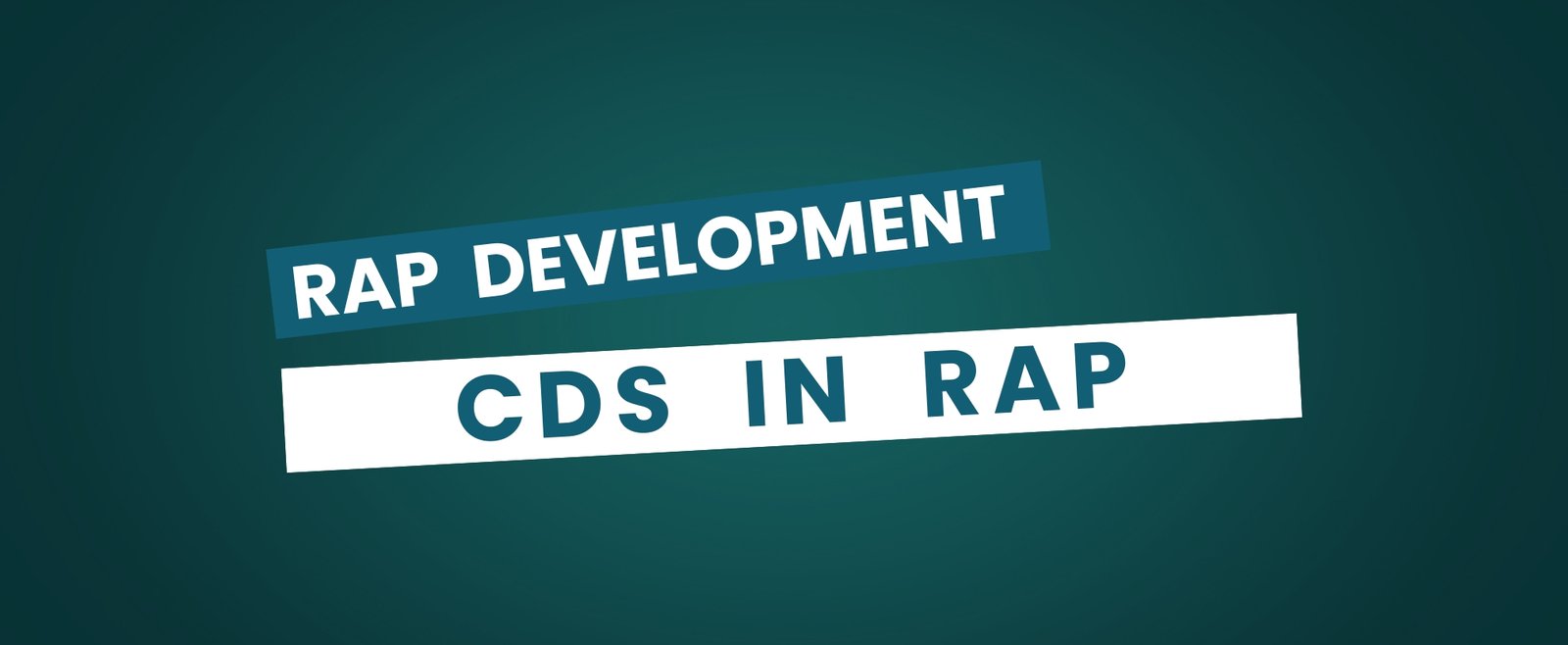ABAP Cloud: Syntax Differences and Replacements
ABAP Cloud introduces a modernized and restricted development model compared to classic on-premise ABAP, leading to significant differences in syntax and available statements. The shift is driven by the need for cloud-ready, lifecycle-stable, and upgrade-safe applications, emphasizing a clean core strategy and service-oriented architecture.
Here are the key differences in syntax and the statements that are not available or are replaced in ABAP Cloud:
Core Principles Driving Syntax Changes
Statements and Functionalities Not Available or Replaced in ABAP Cloud:
Many traditional ABAP statements, function modules, and T-codes used for on-premise development have been replaced by cloud-compliant APIs, classes, or Fiori applications.
• Direct File System Access: Statements like OPEN DATASET, TRANSFER, and CLOSE DATASET that allowed direct access to the application server’s file system are not supported.
◦ Event Blocks: LOAD-OF-PROGRAM, INITIALIZATION, AT SELECTION-SCREEN, START-OF-SELECTION, and similar event blocks are not allowed because program objects and dynpros are not permitted.
• System Fields (sy-): While some sy- fields (like sy-subrc, sy-uname) are still available, others like sy-datum, sy-uzeit, sy-zonlo are replaced by methods from cl_abap_context_info (e.g., get_system_date(), get_system_time(), get_user_time_zone()).
ABAP Cloud: UI and Development Paradigm Shift
In SAP ABAP Cloud, user interface development has been completely modernized. Traditional technologies like Dynpro and the SAP GUI are no longer supported, making classic reports and selection screens obsolete.
Development is now standardized on Eclipse (using ABAP Development Tools – ADT), and ABAP Cloud leverages modern, web-based solutions for creating user interfaces. ABAP Cloud primarily relies on:
In ABAP Cloud, classic event blocks like INITIALIZATION and START-OF-SELECTION are no longer permitted because they are tied to the unsupported Dynpro technology.
This change is part of a broader shift to a restricted ABAP environment. Now, developers must use public APIs and extension points, which decouples custom code from the core system. This modern approach ensures greater stability and makes future upgrades much simpler.
